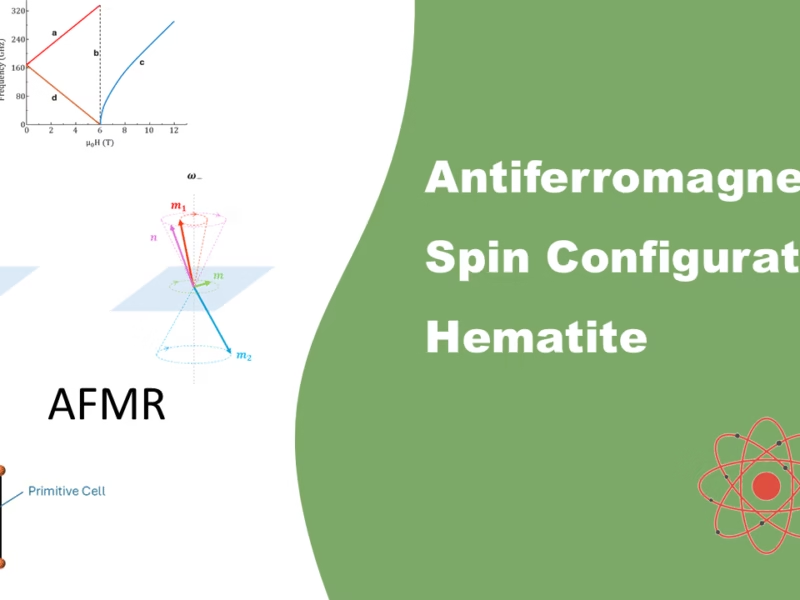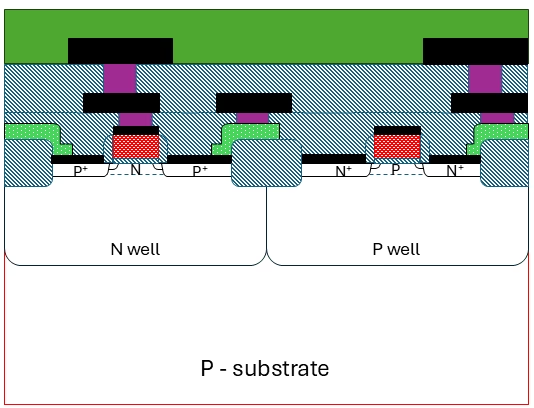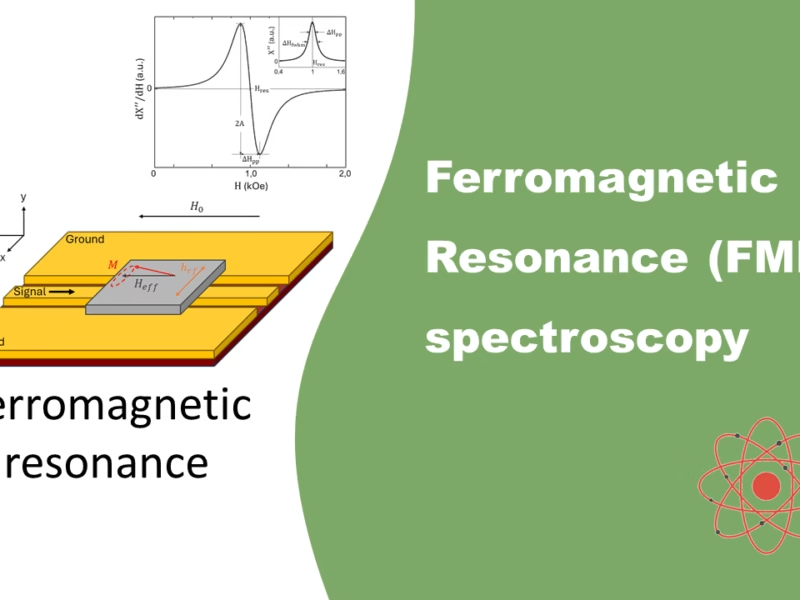 Daily tech news
Daily tech news
- The invisible plastic threat you can finally seeResearchers in Germany and Australia have created a simple but powerful tool to detect nanoplastics—tiny, invisible particles that can slip through skin and even the blood-brain barrier. Using an "optical sieve" test strip viewed under a regular microscope, these particles reveal themselves through striking color changes.
- Scientists watch an atomic nucleus flip in real timeScientists at Delft University of Technology have managed to watch a single atomic nucleus flip its magnetic state in real time. Using a scanning tunneling microscope, they indirectly read the nucleus through its electrons, finding the nuclear spin surprisingly stable for several seconds. This “single-shot readout” breakthrough could pave the way for manipulating atomic-scale quantum […]
- A simple metal could solve the world’s plastic recycling problemScientists at Northwestern University have developed a groundbreaking nickel-based catalyst that could transform the way the world recycles plastic. Instead of requiring tedious sorting, the catalyst selectively breaks down stubborn polyolefin plastics—the single-use materials that make up much of our daily waste—into valuable oils, waxes, fuels, and more.
- A strange quantum effect could power future electronicsRice University physicists confirmed that flat electronic bands in kagome superconductors aren’t just theoretical, they actively shape superconductivity and magnetism. This breakthrough could guide the design of next-generation quantum materials and technologies.
- Room-temperature quantum breakthrough freezes motion without coolingETH Zurich scientists have levitated a tower of three nano glass spheres using optical tweezers, suppressing almost all classical motion to observe quantum zero-point fluctuations with unprecedented precision. Achieving 92% quantum purity at room temperature, a feat usually requiring near absolute zero, they have opened the door to advanced quantum sensors without costly cooling.
- Tiny gold “super atoms” could spark a quantum revolutionScientists have found that microscopic gold clusters can act like the world’s most accurate quantum systems, while being far easier to scale up. With tunable spin properties and mass production potential, they could transform quantum computing and sensing.









